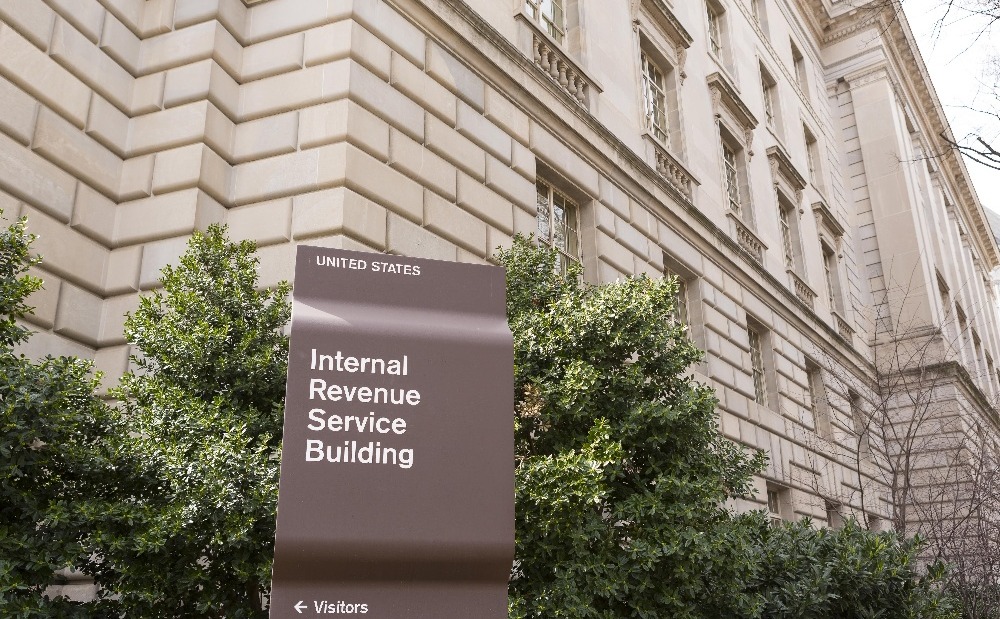On April 2, the Department of Labor (DOL) finalized its qualified plan asset manager (QPAM) rule. The rule is an amendment to prohibited transaction exemption (PTE) 84-14. The rule, which imposes broad disqualifying provisions on retirement plan asset managers who have been convicted of financial crime, takes effect June 17, 2024.
Generally, the final QPAM rule follows the provisions in the proposed rule, although it does contain some changes. One such change is the removal of the requirement that any party relying on PTE 84-14 must update all written management agreements. The rule applies to entities---including those with worldwide affiliates—that manage the interests of an employee benefit plan in an investment fund. Any entity (usually, but not limited to, financial services firms) that has been convicted of certain financial crimes (anywhere in the world) cannot rely on PTE 84-14 but must instead apply for an individual exemption from DOL in order to manage retirement plan assets, whether or not that financial misconduct is related in any way to managing ERISA retirement assets.
The final QPAM rule requires any entity planning to rely on PTE 84-14 to register with DOL within 90 days of beginning to use the exemption. DOL plans to list all firms relying on the QPAM PTE on a publicly available website, despite comments opposing that plan.
Convictions of a financial crime which would disqualify an entity from using the QPAM exemption include, among others, felonies involving abuse or misuse of a plan position of employment; a felony arising out of the conduct of a broker, dealer, investment advisor, bank, insurance company, or fiduciary; income tax evasion; and larceny of any kind (including forgery, embezzlement, misappropriation of funds or securities, etc.).
The final rule also requires a disqualified asset manager to provide a one-year transition period for clients. Notice must be provided to clients within 30 days, and the cost of the one-year transition period must be borne by the disqualified asset manager. There are other notice and disclosure requirements, too. The final rule also updates asset management thresholds for the first time since 1984. The new thresholds for relying on PTE 84-14 are $1,570,300 for 2024; $2,140,600 for 2027; and $2,720,000 for 2030. The dates are for fiscal years as of December 31 of the specified year.
Prospects: This final rule has not, so far, triggered threats of litigation or Congressional action to block it. The rule speaks extensively of “integrity” and the need to hold asset managers to the highest standards. Some industry experts think this language may be a foreshadow of the final fiduciary rule, which is expected at some point later this month or in May.
NAIFA Staff Contact: Jayne Fitzgerald – Director – Government Relations, at jfitzgerald@naifa.org.






.png?width=600&height=90&name=Support%20IFAPAC%20%20(600%20%C3%97%2090%20px).png)
